For more than eleven months of the year the Hallerbos offers a haven of peace and tranquility. But every spring the forest becomes a must-see destination attracting thousands of visitors from all over the world.
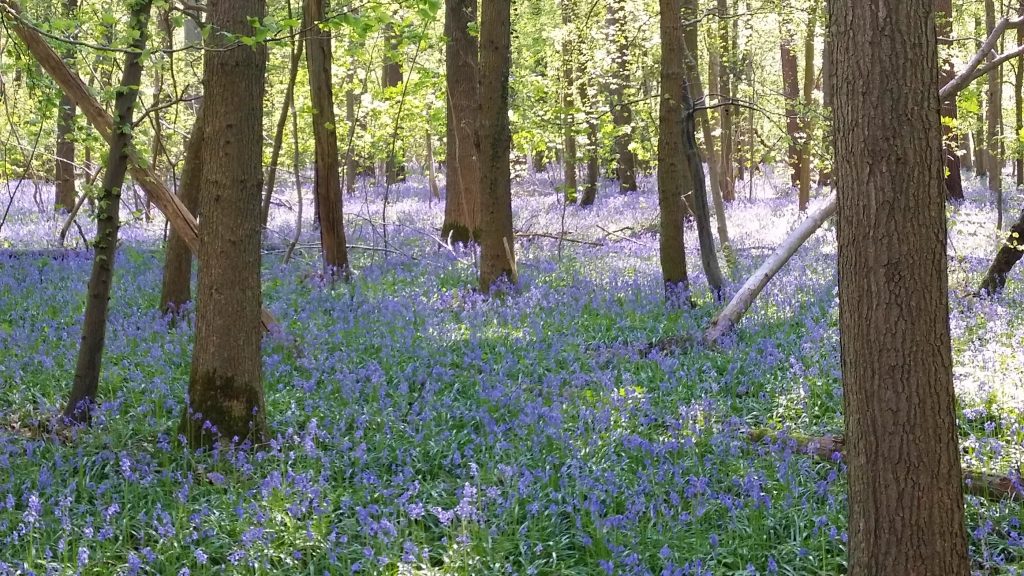
Every year, around mid-April, a purple carpet of bluebells covers the ground underneath the giant Sequoia trees transforming the Hallerbos into a fairytale forest.
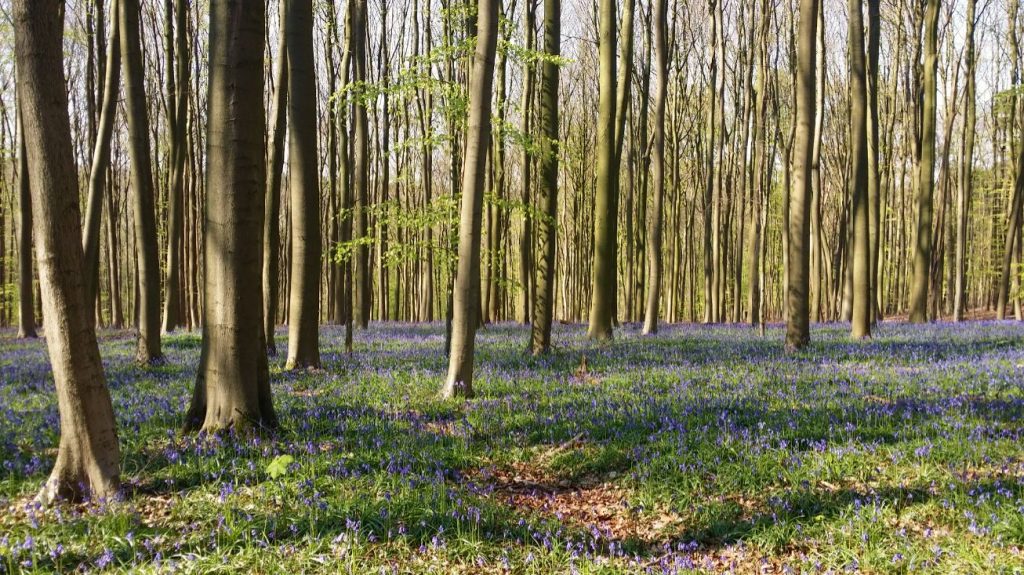
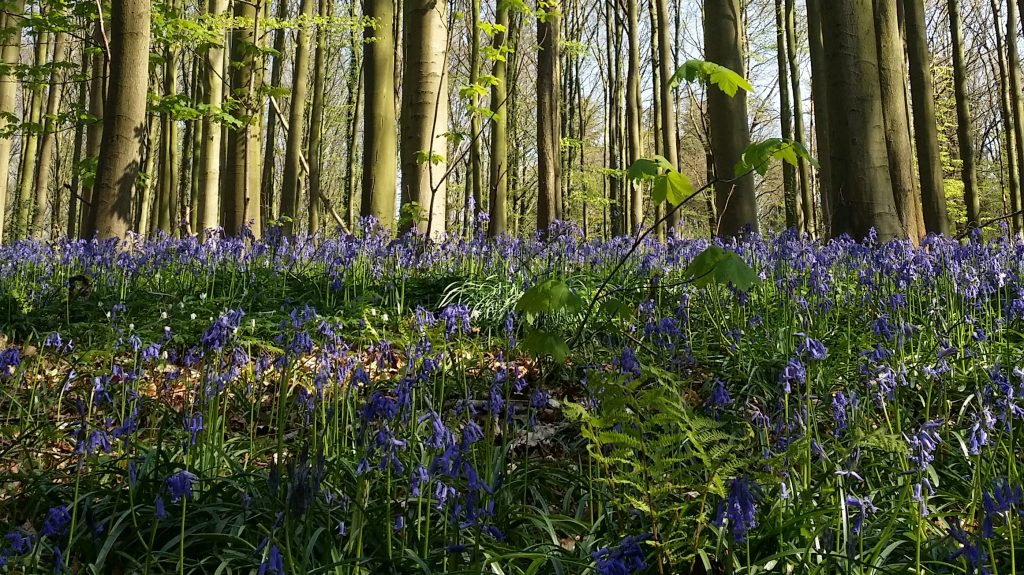
Located less than 20 km from the centre of Brussels, the forest has always been known for its spectacular bluebell carpet but, as a result of (social) media attention, the Blue Forest has become a worldwide phenomenon and must-see destination for visitors from all corners of the world.
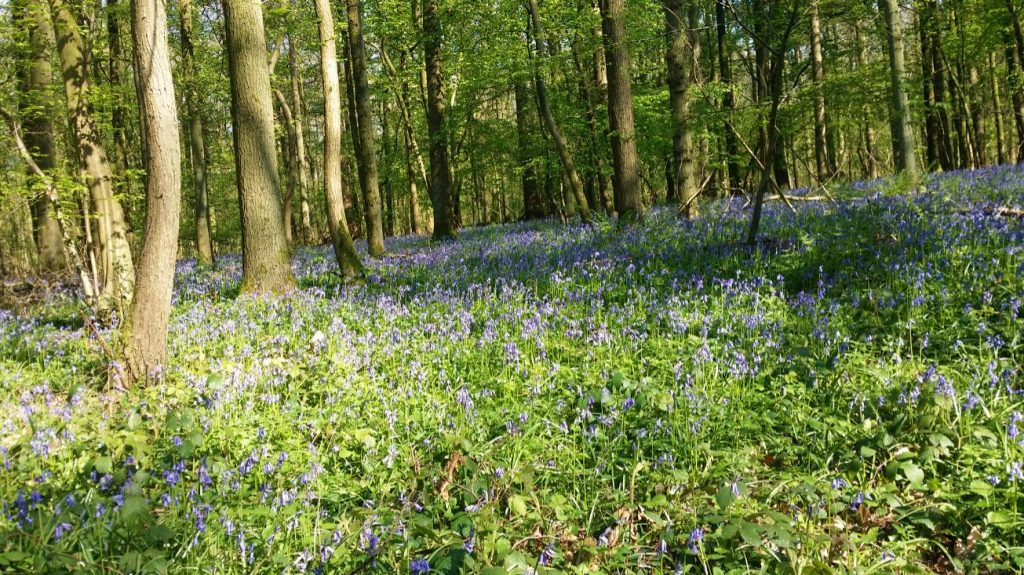
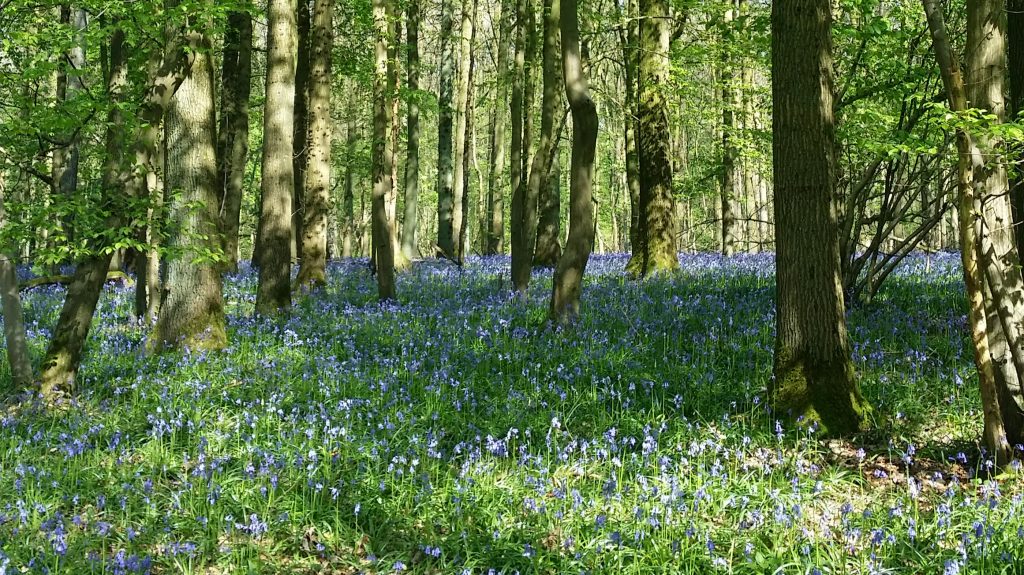
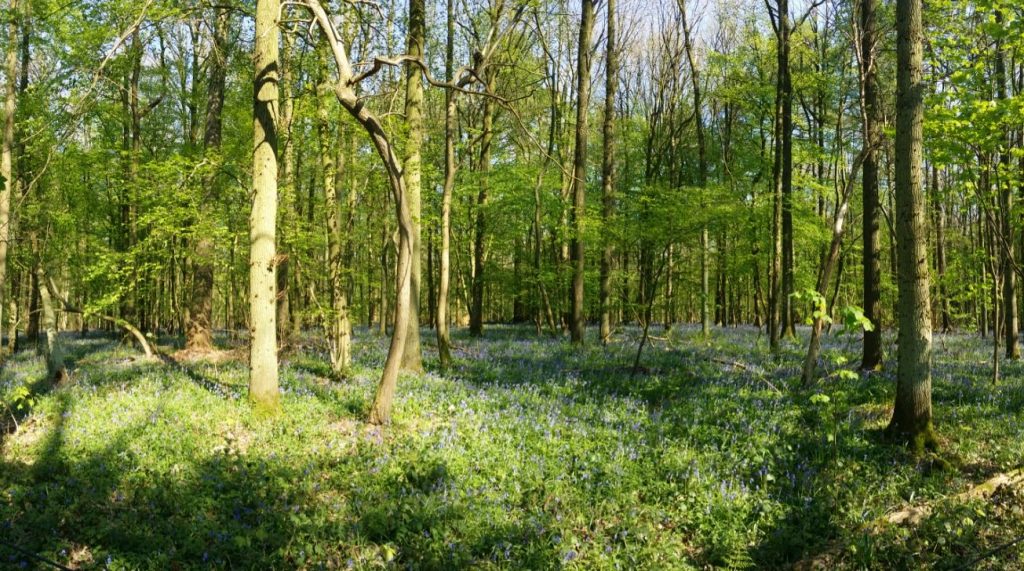
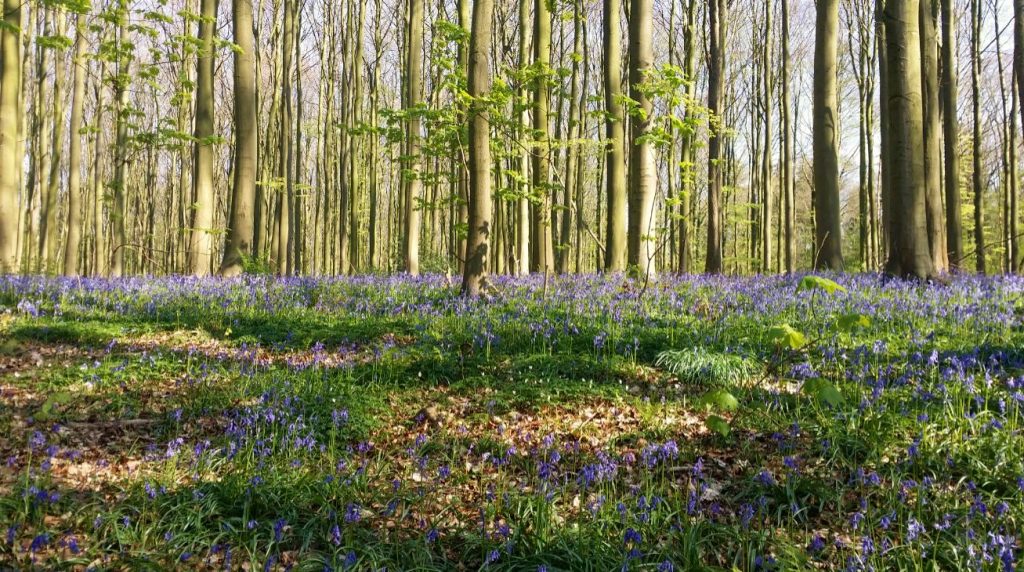
The thousands of bluebells are a common indicator species for ancient woodlands.
Ancient woodlands are woodlands that have existed continuously since 1600 or before. Prior to those dates, planting of new woodland was uncommon, so a wood present in 1600 was likely to have developed naturally.
Even though the trees and shrubs may have been cut down and replanted, as part of the management cycle, a forest is considered ancient provided that the area has remained as woodland. Since it may have been cut over many times in the past, as is the case in the Hallerbos, ancient woodland do not necessarily contain very old trees.
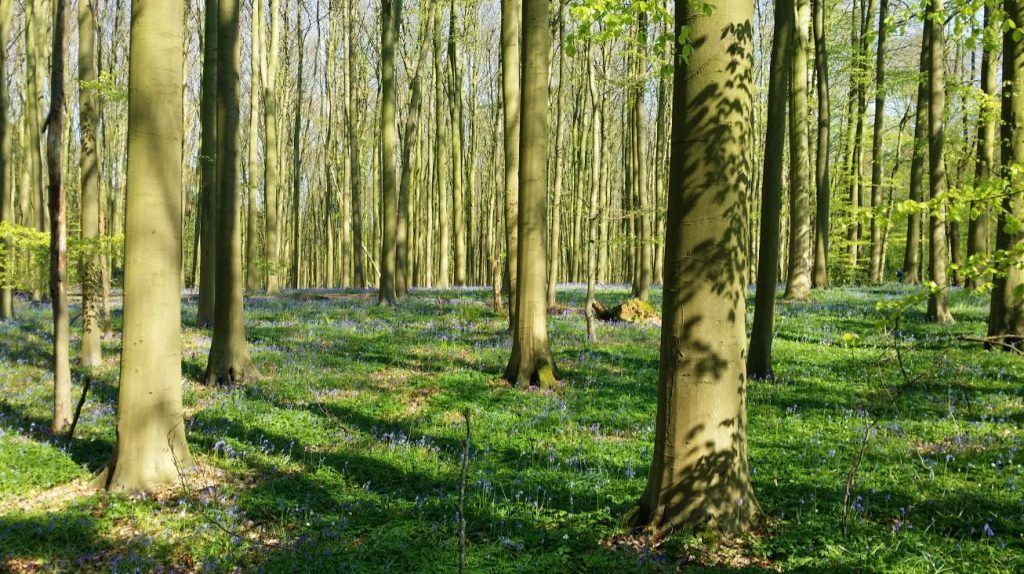
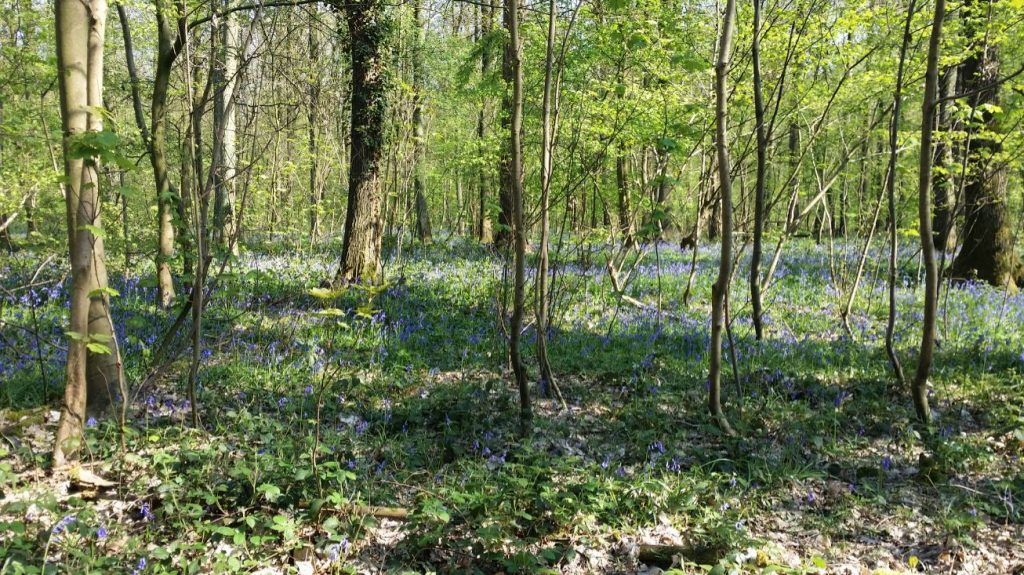
Part from the forest of Halle bluebell woods are found in all parts of Great Britain and Ireland as well as elsewhere in Europe. For more information on the Blue Forest of Halle visit hallerbos.be.